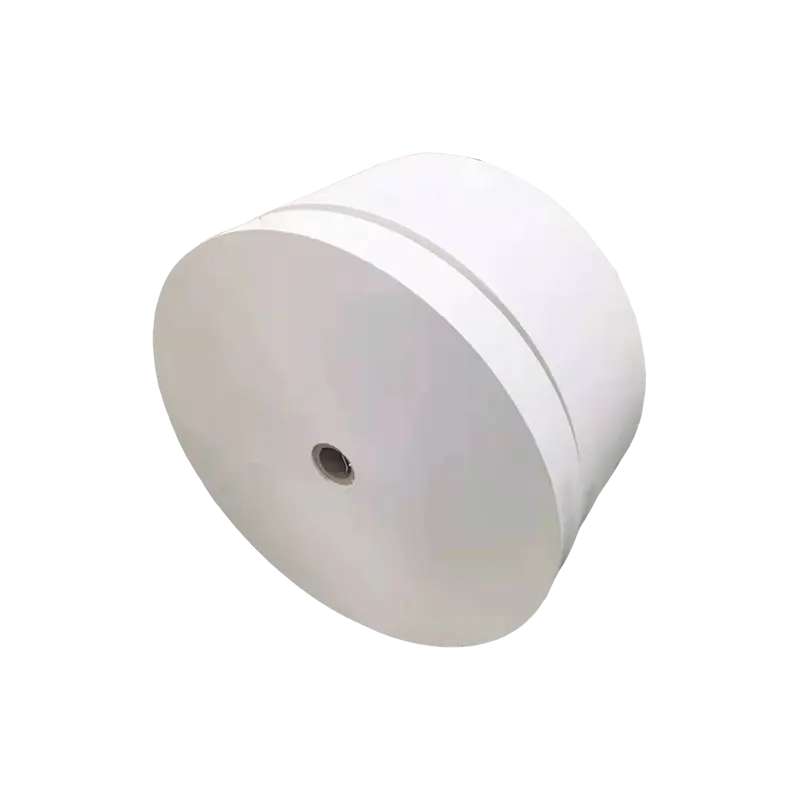PE coated paper bottom roll is a popular packaging material that is widely used in the food industry. It is made by coating a layer of polyethylene on one side of a paper roll. The resulting material has excellent moisture and grease resistance properties, making it perfect for packaging food items such as sandwiches, hamburgers, and fried foods. In this article, we will discuss the benefits of using PE coated paper bottom roll for food packaging.
One of the primary advantages of using PE coated paper bottom roll is its excellent moisture resistance properties. Moisture can be a significant problem for many food items, causing them to become soggy and lose their freshness. However, the polyethylene coating on the paper roll creates a barrier that prevents moisture from penetrating the packaging, ensuring that the food stays fresh for longer periods. This makes it an ideal material for packaging sandwiches and other foods that are prone to moisture damage.
Another benefit of using PE coated paper bottom roll is its grease resistance. Grease can be a problem for many fried foods, causing the packaging to become soggy and unattractive. However, the polyethylene coating on the paper roll prevents grease from seeping through the packaging, keeping the food fresh and appealing to customers.
PE coated paper bottom roll is also an eco-friendly packaging option. The paper used in the roll is typically sourced from sustainable forestry practices, making it a renewable resource. Additionally, the paper is easily recyclable, reducing the environmental impact of the packaging.
When using PE coated paper bottom roll for food packaging, it is essential to choose a high-quality product that meets industry standards. The roll should be durable enough to withstand the weight and pressure of the food items without tearing or breaking. It should also be easy to handle and store, allowing for efficient packaging and distribution.
In conclusion, PE coated paper bottom roll is an excellent packaging material for the food industry. Its moisture and grease resistance properties, along with its eco-friendliness, make it a popular choice for packaging sandwiches, hamburgers, and fried foods. When using this material, it is essential to choose a high-quality product that meets industry standards to ensure the safety and freshness of the packaged food items.



 English
English







